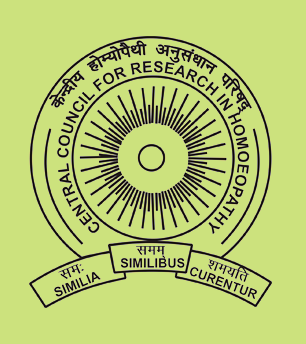Indian Journal of Research in Homoeopathy
Keywords
Citation reports, Impact factor, Open access, Predatory journal
Article Type
Review Article
Abstract
The advancement of medical knowledge is quintessentially based on the authentic and reliable scientific research and publications. This is in addition to the recently mandated requirement of original research publications in indexed journals to ensure career progression in academic/medical institutions; thus, the need for ‘publications’ in scientific medical scholarly journals has increased substantially. On the other hand, this has given an unparalleled rise in the number of standalone journals and publishers ‘predatory’ is the term, who are ready to process the manuscripts on priority with almost guaranteed publication, at a cost, but having no credibility to the research being published. To foster awareness creation among students at the post-graduate level and for faculty of medical colleges and research institutions, it has become very important to avoid these predatory journals. It is high time that the thinking among researchers of ‘publish or perish’ be changed to ‘Publish and Flourish’ by adopting stringent measures which have evolved over time to curtail this birch of predatory publishing. Researchers should now take the road less travelled. This review article aims to highlight all the relevant and important points about the threats posed by predatory journals and also suggests possible ways to overcome them. Republished with permission from: Jain NC, Khan GS. Predatory Journals: A Downside on Research and Hampering the Impact and Relevance of Scientific Outcome. RUHS J Health Sci 2018;3:99-105.
Digital Object Identifier
10.4103/ijrh.ijrh_59_18
Publisher
Wolters Kluwer India Pvt. Ltd.
How to cite this article
Jain N, Khan G. Republication-predatory journals: A downside on research and hampering the impact and relevance of scientific outcome. Indian J Res Homoeopathy 2018;12:240-247. doi: 10.4103/ijrh.ijrh_59_18


